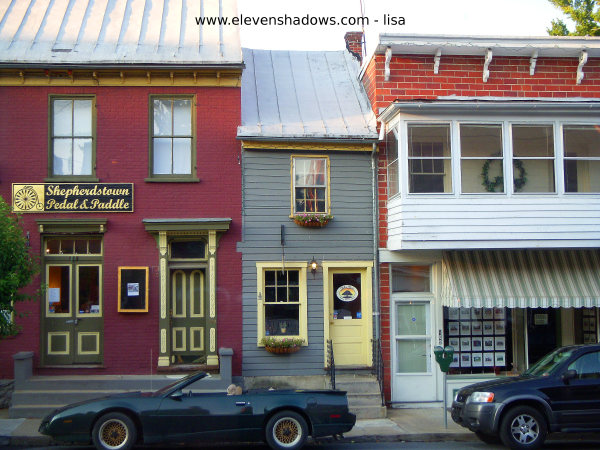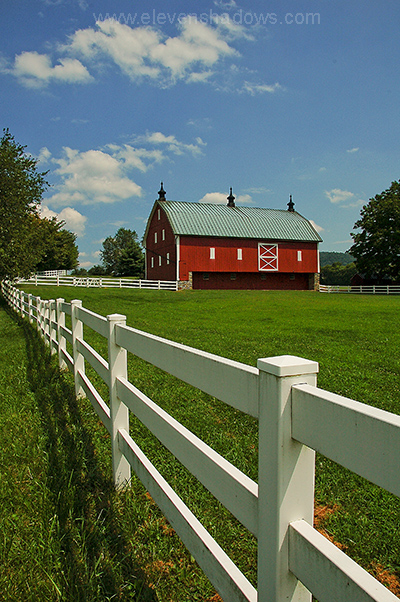
West Virginia As Written By A Real West Virginian, August 2008
Sherpherdstown, Harpers Ferry
Page 1
|
|
|
|
|
|
|
|
 I
took this picture. I want to live in that skinny building. I
took this picture. I want to live in that skinny building. |
|
Because of its strategic location on the river and railroad, Harpers Ferry saw a lot of action during the Civil War. Stonewall Jackson oversaw the largest surrender of Northern troops here, and runaway slaves sought refuge here. The town was also home to one of the earliest integrated schools: Storer College, which was designed primarily to educate former slaves but served students of all races. Frederick Douglass was one of the college trustees. Harpers Ferry is probably best known for being raided in 1859 by radical abolitionist John Brown. INSERT PIC OF JB IN THIS FRAME
|
|
However, many of his backers, including influential abolitionists like Frederick Douglass, thought that seizing a federal facility was a bad idea and withdrew their support. Only 19 of the expected 4500 men appeared. After two days of battling the local militia, Brown and his men were eventually captured. Brown was tried for committing treason against Virginia, murdering five people and conspiring with slaves to rebel. His lawyer argued that Brown could not be guilty of treason against a state to which he owed no loyalty, that he himself had not killed anyone, and that the raid’s failure proved that Brown had not conspired with slaves. Brown was found guilty on all counts and hanged. Being tried in a pro-slavery state (it was still Virginia at the time) probably didn’t help much. At least his heart was in the right place. |
|
A male voice narrates each scene in a melodramatic baritone. In the final scene, Brown stands upon the steps to the gallows, his head bowed. As the Battle Hymn of the Republic swells grandly over the loudspeakers, Brown’s head suddenly raises and he looks upward as he prepares to “drop into eternity”. Here’s John Brown in Kansas, throwing down with some pro-slavery settlers, who were apparently wore matching plaid shirts to distinguish themselves from anti-slavery settlers. John looks a bit like Abraham Lincoln, who kindly referred to him as a “misguided fanatic”. |
|
|
|
|
 Barn
near Harpers Ferry. The Eastern Panhandle is rife with these postcard
scenes. Barn
near Harpers Ferry. The Eastern Panhandle is rife with these postcard
scenes. |
West Virginia As Written By A Real West Virginian, August 2008
Page 1
West Virginia
2008
Eleven Shadows Travel Page
Contact photographer/musician Ken Lee